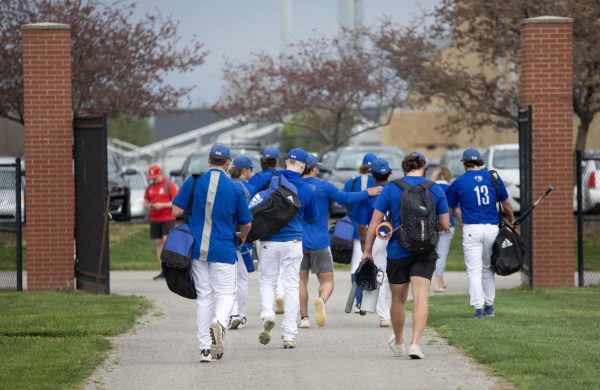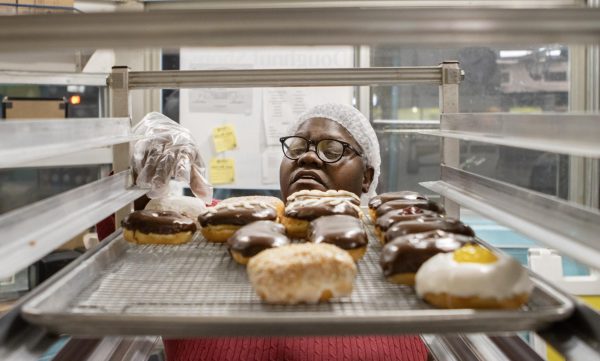Misconceptions of campus safety
With the clock an idling metronome intermittently marking time in a windowless basement classroom, foundations class could often be enough to provoke thoughts of death by paper cut freshman year and the day of discussion on campus safety was one of those days.
What is the significance of this? It’s just a statistic. A concept. A story. Common sense, really.
“Don’t set your drink out of your sight,” “don’t walk alone,” “always lock your door.”
The material is just a class filler and similar to the disclaimer before an episode of Beavis and Butthead. The consistent drilling of this information into our heads pre adulthood has dulled its significance and the shock-value method of education through exemplifying situations has lost its ability to impact.
We have become invincible – or at least I had until last Wednesday, when a reported attempted sexual assault on campus changed my perceptions of safety and the redundancies of talking about it.
Until then, my self-proclaimed heightened senses acquired through Chicago city-living had made life as a single-apartment occupant simple and fearless.
So, with a metal spring imbedded in my back while on a recent rotation of couch crashing at friends’ places, I began to contemplate how long I would keep up this adopted roomie routine. I changed from invincible to fearful and was unsure why- why had this particular instance served as a wake up call?
I can still remember a “Women’s Intuition” Counseling Center workshop I reported in September 2002, which educated students on manipulative strategies used by predators as well as defense techniques. I remember the newspaper clippings of victims who were attacked at Eastern and the packet of pictures with assault offenders from Charleston.
I remember having an active reporting role during coverage of the murder of Shannon McNamara that same year and speaking to her parents, relatives and friends. I remember the unnerving feeling I got from the coldness in Anthony Mertz’s eyes and the deep sadness spanning across the entire campus and beyond Charleston regardless of who knew her personally.
I remember the upsetting account of William Feltt, an English professor, attacked on campus by about six to eight males in their 20s, which drew the attention of both males and females on campus.
Still, none of these events had garnered a significantly noticeable personal or campus lifestyle change. So, with incidents occurring close to home, why are we growing in immunity to incidents and eagerness to continue our routine practices no matter how safe?
Apparently, this feeling of invincibility is typically evoked at age 14 through 22 (my current age), according to Mike Tozer, a counselor at the Counseling Center. We developmentally think we can handle ourselves, failing to realize we are just as vulnerable as anyone else in society and our university isn’t different than any other universities across the nation.
The biggest misconception of females is that assaults occur by strangers, when incidents are in actuality, most incidents are committed by acquaintances or someone known by the victim and in an environment that feels safe, Tozer said.
The most common misconception of men is that unlike girls, they don’t have to travel in a pack. This is also not true; guys are mostly attacked when alone, by a group of guys and often not by people on campus, but by visiting males.
Knowing these misconceptions and taking simple minor precautions such as informing other people of where we are going, when we will be home or what number we can be reached at can reduce the likelihood of incidents occurring. So, instead of waiting to outgrow this perception of complete invincibility, speed your own class along and acknowledge necessary precautions before your fears become reality.












































